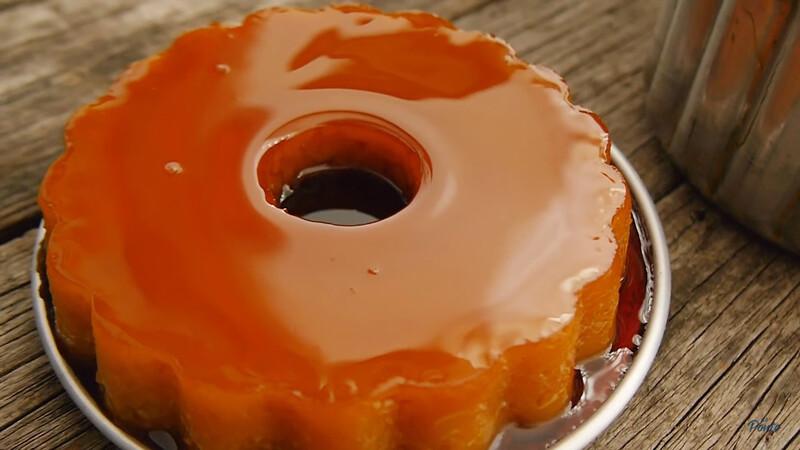I took my first bite and felt the creamy, full-bodied pudding melt across my tongue, with such a richness that left me wondering if I really wanted to move on from the incredible moment. Alas, I did not, so I moved in quickly for another lingering spoonful. The sweetness made my cheeks tingle, and I turned to my tour guide with my eyes wide.
He laughed. “There is a defibrillator in the back as well.”





